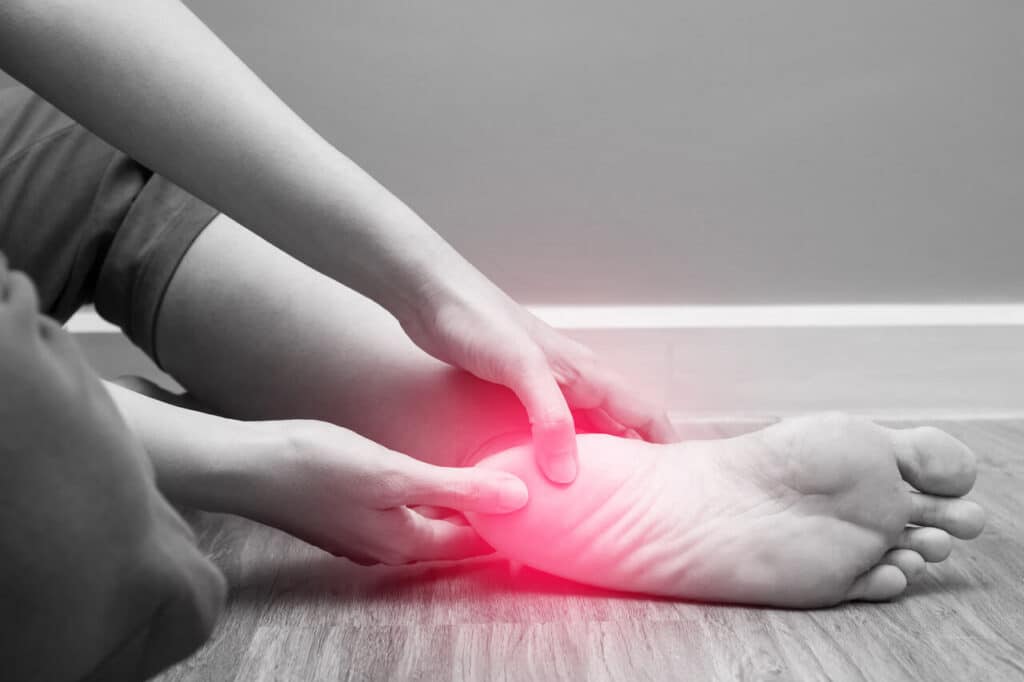How Shockwave Therapy Can Provide Plantar Fasciitis Relief
When looking for effective treatments for plantar fasciitis, a condition marked by sharp heel pain that can impede daily activities, shockwave therapy emerges as an effective option. This innovative treatment can offer relief to those experiencing persistent foot pain. But what makes shockwave therapy so effective for tackling plantar fasciitis? Let’s delve into the science and strategy behind this cutting-edge treatment.
About Plantar Fasciitis
Plantar fasciitis is a common foot condition that affects individuals across various age groups, often leading to sharp pain in the heel and the bottom of the foot. This discomfort is most pronounced in the morning or after periods of rest, making the first steps of the day particularly painful.
- Causes: The condition primarily arises from repetitive strain and inflammation of the plantar fascia, a thick band of tissue that runs across the bottom of your foot, connecting the heel bone to the toes. Factors contributing to this strain include excessive running, inadequate footwear, overweight, and anatomic issues such as flat feet or high arches.
- Symptoms: Symptoms of Plantar Fasciitis include a stabbing pain in the bottom of the foot near the heel, stiffness, and discomfort that might decrease with movement but can return after prolonged periods of standing or when standing up after sitting.
Shockwave Therapy: A Modern Approach to Treatment
Shockwave therapy is a promising treatment modality for various musculoskeletal conditions, including plantar fasciitis. Utilizing acoustic waves, this therapy stimulates the affected area, promoting recovery and pain relief through several mechanisms.
- Treatment Modalities: The therapy involves the delivery of shock waves—rapid pulses of energy—directly to the site of pain using a specialized device. These waves induce micro-trauma to the tissue, which in turn stimulates the body’s natural healing response, increasing blood flow and accelerating tissue repair.
- Methodology: The treatment typically involves a series of sessions, each lasting about 15-20 minutes. Individuals may experience slight discomfort during the procedure, which is generally well tolerated. The non-invasive nature of shockwave therapy means there’s no need for anesthesia, and you can return to your daily activities immediately following the treatment.
The Efficacy of Shockwave Therapy for Plantar Fasciitis
Shockwave therapy has been scientifically validated as an effective treatment for plantar fasciitis, with numerous studies demonstrating its ability to reduce pain and improve function in affected individuals.
- Effectiveness: Research indicates that shockwave therapy can significantly alleviate pain and enhance the quality of life for people with plantar fasciitis. The success of the treatment is attributed to its ability to break down scar tissue and calcifications within the plantar fascia, stimulate angiogenesis (the formation of new blood vessels), and promote the regeneration of healthy tissue.
- Comparative Advantage: Compared to traditional treatments, shockwave therapy offers a distinct advantage by addressing the underlying causes of the condition without the need for invasive procedures or extended downtime.
- Long-Term Outcomes: People who undergo shockwave therapy for plantar fasciitis often report sustained improvements in pain and functionality. While the results can vary based on the severity of the condition and other factors, the majority of treated individuals experience a significant reduction in symptoms and a return to their normal activities.
How Many Shockwave Treatments Are Needed for Plantar Fasciitis?
The path to recovery from plantar fasciitis through shockwave therapy is highly individualized, depending on the severity of the condition and your response to treatment. While some individuals may experience significant relief with just a few sessions, some may require more. Ongoing treatment may also be necessary to address more severe cases.
Generally, a series of three to five sessions, spaced a week apart, is recommended to achieve optimal results. Each session contributes to the overall recovery process, gradually alleviating pain and restoring function to the foot.
How Long Does Shockwave Therapy Take to Work on Plantar Fasciitis?
The timeline for experiencing relief from plantar fasciitis with shockwave therapy varies from person to person. Many report significant improvement in pain levels and mobility within just a few weeks following the commencement of treatment. The full benefits of shockwave therapy, however, unfold over time, with continued improvement observed for months after the therapy sessions have concluded. It’s this progressive improvement that underscores the therapy’s role in not only addressing immediate pain but also in promoting long-term foot health.
Post-Treatment Precautions
After undergoing shockwave therapy, people often have questions about what they can and cannot do, particularly concerning walking and engaging in daily activities. Here’s what you need to know.
Can I Walk After Shockwave Therapy?
Yes, walking is permitted immediately after shockwave therapy sessions. However, it’s advisable to limit the amount of walking to only short distances in the first 24 to 48 hours post-treatment.
You should monitor your pain levels and avoid strenuous activities that could exacerbate your condition. Mild to moderate physical activity is encouraged as it promotes blood flow and repair.
What to Avoid After Shockwave Therapy
- High-Impact Activities: For at least 48 hours post-treatment, refrain from high-impact exercises such as running or jumping to prevent any undue stress on the treated area.
- Strenuous Exercise: It’s recommended to wait a few days before resuming more vigorous physical activities or exercise routines to allow the body adequate time to initiate the recovery process.
- Anti-Inflammatory Medications: Unless advised by your healthcare provider, avoid taking anti-inflammatory medications immediately after treatment, as these can interfere with the body’s natural recovery mechanisms activated by the shockwave therapy.
Understanding the Side Effects of Shockwave Therapy
While shockwave therapy is renowned for its safety and efficacy, like any treatment, it comes with a potential for side effects. You must be aware of these in order to make informed decisions about your treatment:
- Minor Pain or Discomfort: Some individuals may experience mild pain or discomfort during and shortly after the treatment session. This sensation is typically temporary and should subside within a few hours.
- Swelling and Bruising: The treated area may exhibit signs of swelling or bruising. These are common responses by the body to the shockwave treatment and are generally mild and short-lived.
- Skin Irritation: In rare instances, you might notice redness or irritation at the site of the treatment. These symptoms are usually minor and resolve on their own without further intervention.
Pain-Free Steps Await
Plantar fasciitis can be a debilitating condition, but with the advent of shockwave therapy, there’s renewed hope for a pain-free future. At Vitality Physiotherapy and Wellness Centre in Ottawa, we leverage the latest treatments and research to provide our clients with effective, lasting relief. If you’re struggling with plantar fasciitis and want a solution that goes beyond temporary fixes, contact us today. Our team is ready to guide you through each step of the treatment process.










